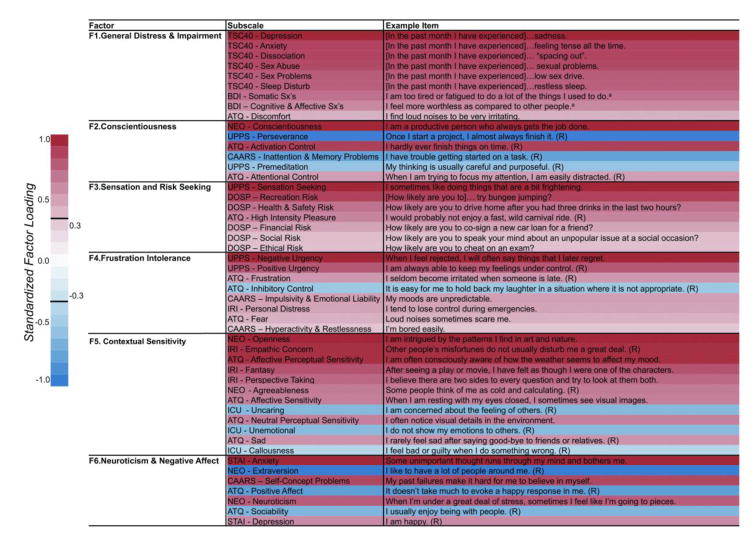Figure 1. Factors identified by bootstrap-based maximum likelihood exploratory factor analysis.
Factors and their corresponding subscales (along with example items) identified by exploratory analysis with 10,000 bootstrap resamplings. Subscale names are provided in the middle column. Sample items for each subscale are provided in the far right column. Color bar on the left provides an index to the shading of each subscale relative to its standardized loading on the factor. ATQ = Adult Temperament Questionnaire; BDI = Beck Depression Inventory, 2nd Edition; CAARS = Conners’ Adult ADHD Rating Scale; DOSP = Domain-Specific Risk-Taking Scale; NEO = NEO - Five Factor Inventory; ICU = Inventory of Callous and Unemotional Traits; IRI = Interpersonal Reactivity Index; STAI = Spielberger State Trait Anxiety Inventory; TSC40 = Trauma Symptom Checklist; UPPS = Impulsive Behavior Scale. Notes: (R) = reverse-scored item in scale. aThese sample items were selected from the response option corresponding to 2 on a 0–3 scale.

